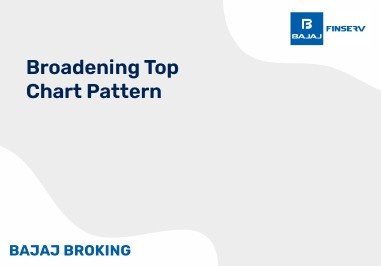BAJAJ BROKING
Retaggio Industries IPO is Open!
Open a Free Demat Account
Trade Now, Pay Later with up to 4x
Track Market Movers Instantly
Different Types of Mutual Funds Based on Various Categories
Mutual funds are investment instruments that pool money from multiple investors to invest in a diversified portfolio of assets such as equities, debt securities, or a combination of both. They cater to varying investment goals, risk appetites, and time horizons. Investors can choose from different types of mutual funds based on asset class, investment objectives, structure, and risk exposure. Understanding these classifications can help investors make informed investment decisions.
Types of Mutual Funds Based on Asset Class
- Equity Funds: These funds invest primarily in stocks and are suitable for investors seeking capital appreciation over the long term. They include large-cap, mid-cap, and small-cap funds.
- Debt Funds: These funds invest in fixed-income instruments such as government bonds, corporate bonds, and treasury bills. They are designed for investors looking for stable returns with lower risk.
- Money Market Funds: These funds invest in short-term debt instruments, offering high liquidity and minimal risk. They are ideal for parking surplus funds for short durations.
- Hybrid Funds: These funds invest in both equity and debt instruments to balance risk and return. They are suitable for investors looking for diversification within a single fund.
Types of Mutual Funds Based on Investment Objectives
- Growth Funds: Focus on capital appreciation by investing in high-growth stocks. Suitable for investors with a long-term investment horizon.
- Income Funds: Aim to provide regular income through investments in fixed-income securities. Best suited for conservative investors.
- Liquid Funds: Invest in short-term debt securities, providing liquidity and stability for short-term investments.
- Tax-Saving Funds (ELSS): Equity-Linked Savings Schemes (ELSS) offer tax benefits under Section 80C of the Income Tax Act, with a mandatory lock-in period of three years.
- Index Funds: These funds track and replicate the performance of a specific market index like the Nifty 50 or Sensex, offering broad market exposure.
- Sectoral/Thematic Funds: Invest in specific industries such as technology, healthcare, or infrastructure, making them more focused and riskier.
Types of Mutual Funds Based on Structure
- Open-Ended Funds: Allow investors to buy or sell units at any time, offering high liquidity and flexibility.
- Close-Ended Funds: Have a fixed maturity period and can only be traded on stock exchanges after the initial offering period.
- Interval Funds: Combine features of both open-ended and close-ended funds, allowing investors to transact at specific intervals.
Types of Mutual Funds Based on Risk Exposure
- Low-Risk Funds: Include liquid funds and debt funds, suitable for conservative investors.
- Medium-Risk Funds: Hybrid funds and income funds balance risk and return.
- High-Risk Funds: Equity funds and thematic funds, suited for investors with a higher risk appetite and long-term investment goals.
Factors to Consider Before Investing in Mutual Funds
- Investment Goals: Choose a fund that aligns with your financial objectives.
- Risk Appetite: Assess your ability to withstand market fluctuations.
- Time Horizon: Select funds based on your investment duration.
- Expense Ratio: Consider fund management costs, which impact returns.
- Historical Performance: Review the fund’s past performance while acknowledging that it does not guarantee future returns.
- Tax Implications: Understand how different mutual funds are taxed.
Conclusion
Mutual funds offer a wide range of investment options catering to different financial goals and risk levels. By understanding their classifications and key considerations, investors can select suitable funds to align with their financial plans. Whether aiming for long-term growth, regular income, or tax savings, mutual funds provide a structured approach to investing in diverse asset classes.
Disclaimer: Investments in the securities market are subject to market risk, read all related documents carefully before investing.
This content is for educational purposes only. Securities quoted are exemplary and not recommendatory.
For All Disclaimers Click Here: https://www.bajajbroking.in/disclaimer
Share this article:
Read More Blogs
Our Secure Trading Platforms
Level up your stock market experience: Download the Bajaj Broking App for effortless investing and trading













